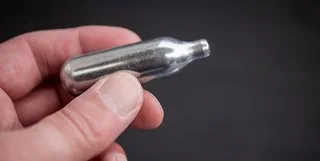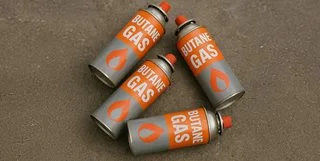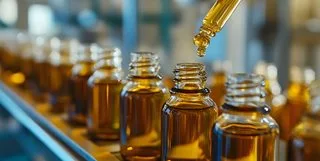
VSU
Types of volatile substances
There are hundreds of potentially intoxicating household and industrial products that can be used for the purpose of intoxication.
These are often categorised as solvents, aerosols, gases and nitrites. See below for descriptions and examples of the four volatile substance categories.
For more information about specific volatile substances, see the pages below:
Categories
Solvents are liquids or semi-solids that vaporise at room temperature and commonly contain toluene or xylene.
- Petrol
- Glues (industrial, super glue, modelling glue etc)
- Toluene-based products (such as paint, paint thinners/strippers, sealants)
- Correction fluid/liquid paper
- Felt tip markers
- Nail polish
- Nail polish remover
Note: some of the above products, particularly those used by young people, have versions with the volatile ingredients removed.
Aerosols refer to sprays that contain solvents and/or hydrocarbon propellants (butane/propane).
- Spray paint
- Deodorant
- Hairspray
- Fly spray
- Vegetable oil cooking spray
- Air fresheners
- Oven cleaner
Gases include household and commercial products containing gas fuels, and gases used as medical anaesthetics.
- Whipped cream gas bulbs (nitrous oxide)
- Cigarette lighter refill (butane)
- Butane gas cartridges for portable cooking stoves
- Cylinder propane gas
Nitrites are a group of strong-smelling liquids that may contain any one of a range of nitrites including:
- Amyl nitrite
- Butyl nitrite
- Isobutyl nitrite
- Isopropyl nitrite
Other types of volatile substances
Page last updated19 September 2025




